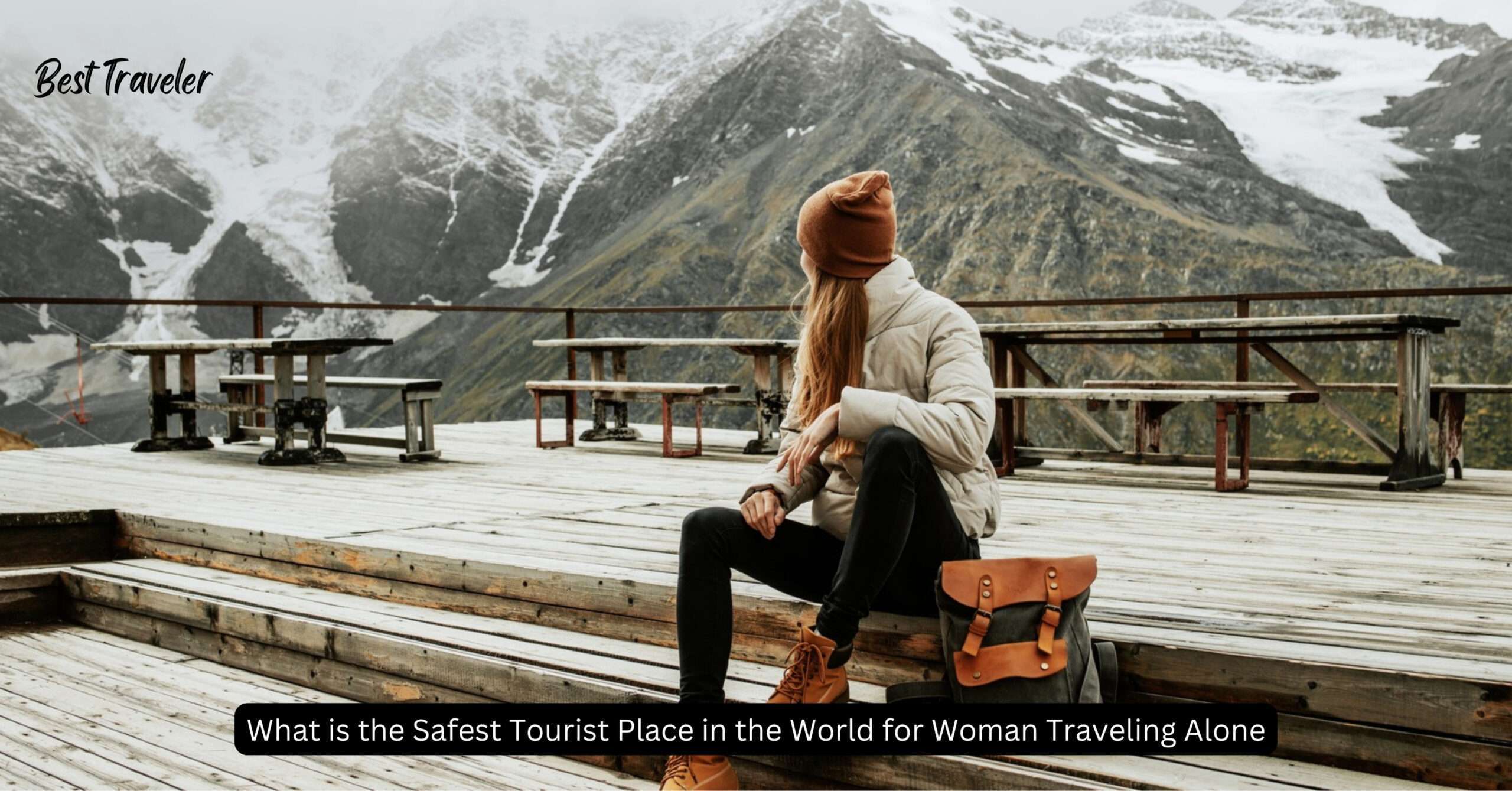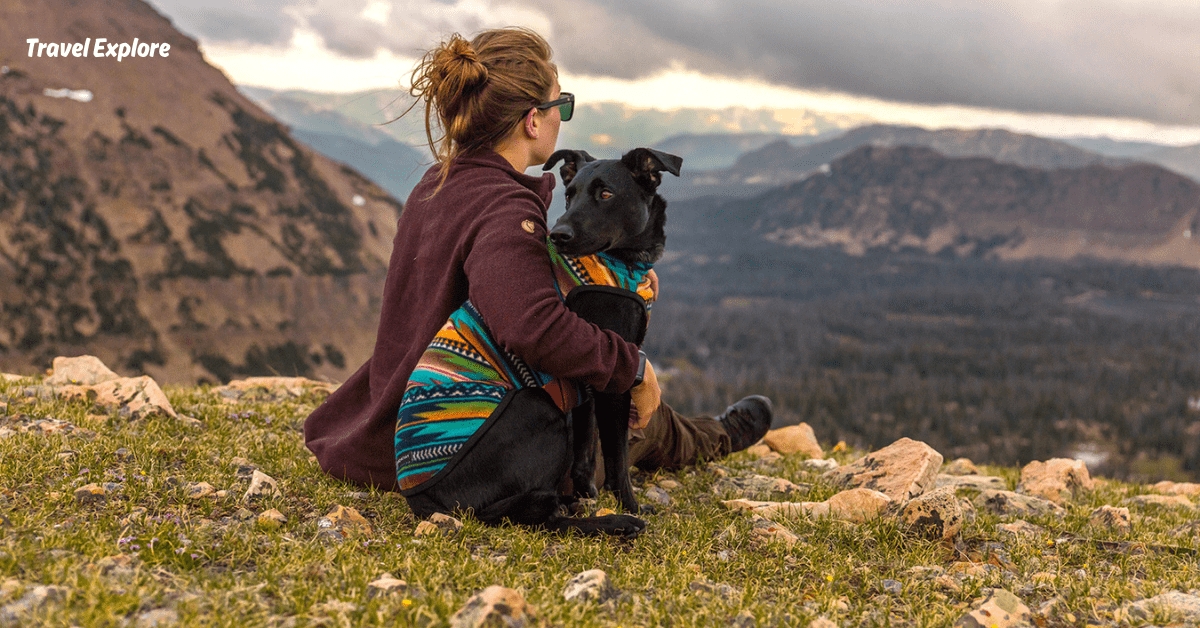Is it Safe to Hike in the Rain?

Hiking is a beloved outdoor activity cherished by millions around the world. It offers a chance to connect with nature, get some exercise, and enjoy the beauty of the great outdoors. However, one question often arises among hikers .
Is it safe to hike in the rain? While rain might seem like an obstacle, it can also add a unique dimension to your hiking experience. In this article, we’ll delve into the risks and rewards of hiking in the rain, providing you with the information you need to make an informed decision before hitting the trails.
Understanding the Risk

Hiking in the rain presents various risks that hikers should be aware of before heading out.
Slippery Trails
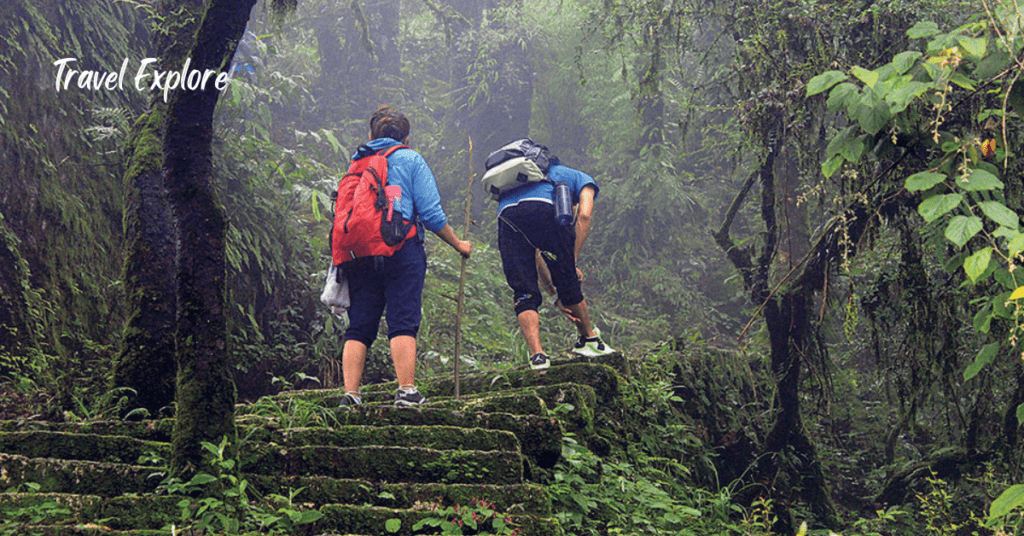
Rain can make trails muddy and slippery, increasing the likelihood of slips, trips, and falls. Wet rocks, roots, and leaves can become treacherous obstacles, making hiking more challenging and hazardous.
Hiking in the rain can be both exhilarating and risky, and the safety of hiking on slippery trails during rainy weather depends on various factors. First and foremost, it’s essential to consider the trail’s terrain and your level of experience.
Trails with steep inclines, rocky paths, or slippery surfaces like moss-covered rocks can become significantly more hazardous when wet. It’s crucial to assess your own capabilities and comfort level with these conditions before embarking on a rainy hike.
Additionally, wearing appropriate gear is essential for safety. Waterproof or water-resistant clothing and sturdy, slip-resistant footwear with good traction are vital to minimize the risk of slips and falls.
Moreover, the intensity of the rain and its duration play a significant role. Light rain may not significantly affect trail conditions, but heavy rainfall can turn even well-maintained paths into muddy, slippery messes.
Furthermore, hikers should be aware of the increased risk of hypothermia in wet conditions. Even in moderately cool temperatures, being wet can lead to a significant loss of body heat. Dressing in layers and bringing extra clothing to change into if you get wet is essential for staying warm and preventing hypothermia.
Increased Wildlife Activity
Rain can drive some wildlife out of their hiding places, increasing encounters with animals such as snakes, insects, and rodents. While most encounters are harmless, some wildlife may pose a threat to hiker.
Increased wildlife activity during rain can be attributed to several factors. Firstly, rain often prompts animals to come out of hiding to forage for food. Insects, worms, and other small creatures become more active during rainy weather, which in turn attracts predators such as birds, reptiles, and small mammals.
Additionally, rain can mask human scent and sound, making it easier for animals to move around undetected. Moreover, the cooler and more humid conditions created by rain can be favorable for many species, leading to increased activity levels.
However, heavier rainstorms may present risks such as slippery trails, flash floods, and falling debris. In such conditions, it’s important to exercise caution and be prepared with appropriate gear, such as waterproof clothing, sturdy footwear with good traction, and a reliable map and compass or GPS device.
The Rewards of Hiking in the Rain
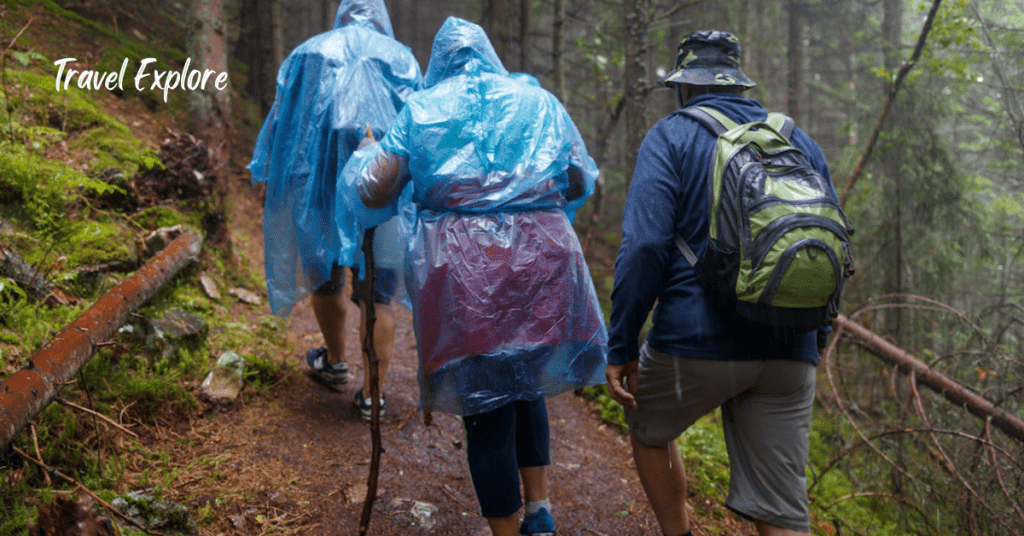
Despite the risks, hiking in the rain can offer unique rewards and experiences that are worth considering.
Enhanced Scenery
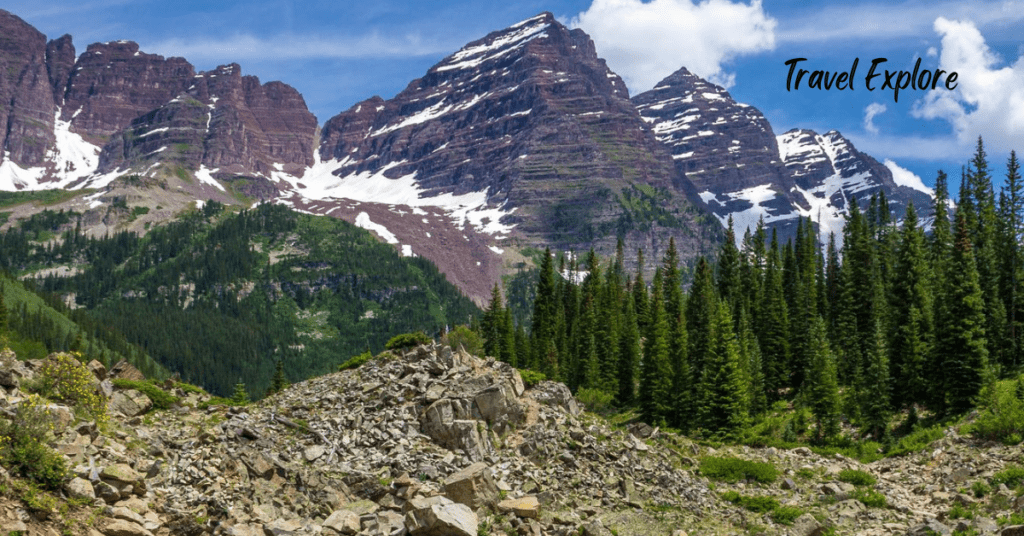
Rain can transform landscapes, making them appear more vibrant and alive. Waterfalls swell, streams gush, and foliage becomes lush and green, creating a picturesque setting for hikers to enjoy.
Enhanced Scenery for a Rainy Hike can be a breathtaking experience, offering a unique perspective on nature’s beauty. As raindrops dance on leaves and cascade down trees, the forest transforms into a vibrant tapestry of glistening greens and earthy browns.
The scent of wet earth fills the air, creating a refreshing ambiance that invigorates the senses. Streams swell with rainwater, their gentle babbling adding a soothing soundtrack to the hike. Fog often shrouds the landscape, adding an air of mystery and intrigue to familiar trails.
Mist hangs in the air, lending an ethereal quality to the surroundings. Puddles form along the path, reflecting the surrounding foliage like mirrors. The sound of raindrops on the canopy above creates a serene melody, transporting hikers into a state of tranquility.
Wildlife may emerge from their shelters, taking advantage of the rain to forage and play. Frogs croak, birds chirp, and the occasional rustle of a squirrel adds to the symphony of nature. With the right gear and mindset, a rainy hike becomes an immersive experience, where every droplet adds to the enchantment of the journey.
Cooler Temperatures
Rainfall can lower temperatures, making hiking more comfortable, especially in hot and humid climates. The cool, refreshing air can invigorate hikers and provide relief from the heat. Hiking in the rain can be a refreshing and invigorating experience, especially if you’re prepared for it.
One aspect that many hikers might not consider is the cooler temperatures that often accompany rainy weather. When rain falls, it brings cooler air with it, which can significantly drop the temperature compared to a sunny day.
This cooling effect is due to a combination of factors. Firstly, rain itself is often cooler than the surrounding air. As it falls from the clouds, raindrops encounter cooler temperatures at higher altitudes, which causes them to cool down.
When they reach the ground, they bring this cooler air with them, lowering the overall temperature of the environment. Secondly, the evaporation of rainwater contributes to the cooling effect. As rain hits the ground and other surfaces, it begins to evaporate.
Evaporation is a process that requires energy, and it takes this energy from the surrounding environment, effectively cooling it down. This is why you often feel cooler when stepping out of a shower or swimming pool.
Additionally, rainy weather is often accompanied by clouds, which block out the sun. Without direct sunlight, the ground doesn’t receive as much heat, contributing to the overall cooler temperatures.
Essential Gear for Rainy Hikes
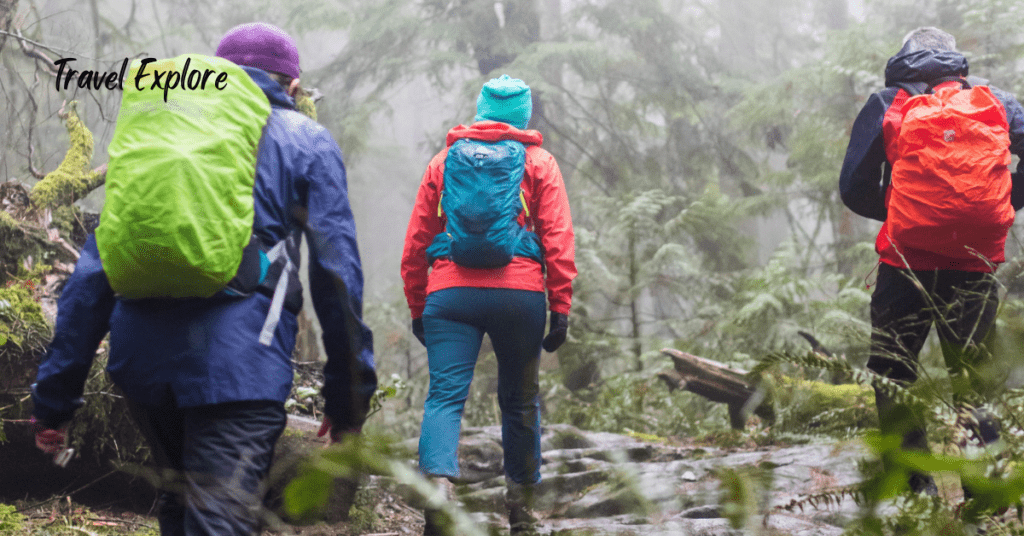
Proper gear is essential for a safe and enjoyable hiking experience, especially in rainy conditions.
Quick-Drying Clothing Layers
Opt for moisture-wicking and quick-drying clothing layers made from materials such as polyester or merino wool. Avoid cotton, as it retains moisture and can leave you feeling damp and chilled.
When hiking in the rain, quick-drying clothing layers are essential for staying comfortable and safe. These layers typically consist of a moisture-wicking base layer, an insulating mid-layer, and a waterproof outer layer.
The base layer, often made of materials like polyester or merino wool, is designed to wick moisture away from the skin, keeping you dry and preventing chafing. This layer is crucial as it helps regulate body temperature and prevents hypothermia, even when wet.
The mid-layer provides insulation to trap heat close to your body. Fleece or synthetic materials are commonly used for this layer, as they retain warmth even when damp. This insulation is vital for maintaining body heat, especially in colder temperatures or when facing wind chill.
Finally, the outer layer is typically a waterproof or water-resistant shell. Gore-Tex or similar materials are popular choices for their ability to repel water while allowing moisture from sweat to escape, keeping you dry from both outside moisture and sweat.
Waterproof Accessories
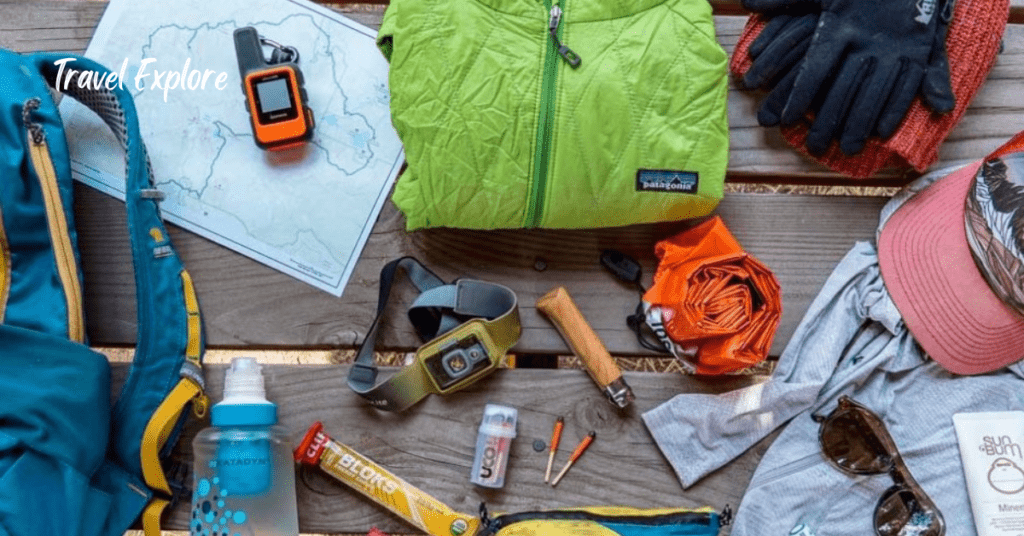
Consider bringing waterproof accessories such as a hat with a brim to keep rain out of your face, waterproof gloves to protect your hands, and a waterproof case or pouch for your phone and other electronics.
Waterproof accessories are essential for hiking in the rain as they protect your gear and keep you comfortable throughout your adventure. These accessories typically include items such as waterproof backpack covers, rain jackets, waterproof pants, and waterproof footwear.
Firstly, waterproof backpack covers are crucial for keeping your belongings dry. These covers fit over your backpack and provide a barrier against rain, preventing water from seeping into your pack and soaking your gear.
They are usually made from durable, waterproof materials like nylon or polyester and often feature adjustable straps to ensure a snug fit. Next, a good quality rain jacket is essential to keep you dry and warm.
Look for jackets made from waterproof and breathable materials such as Gore-Tex or eVent, which not only keep rain out but also allow sweat to escape, preventing you from getting soaked from the inside.
Some waterproof pants also come with features like zippered pockets and articulated knees for added functionality and comfort. Lastly, waterproof footwear is essential to keep your feet dry and prevent blisters.
Option for hiking boots or shoes made from waterproof materials like Gore-Tex or treated leather. These shoes have waterproof membranes that keep water out while allowing moisture from sweat to escape, keeping your feet dry and comfortable throughout your hike.
Planning Your Rainy Day Hike
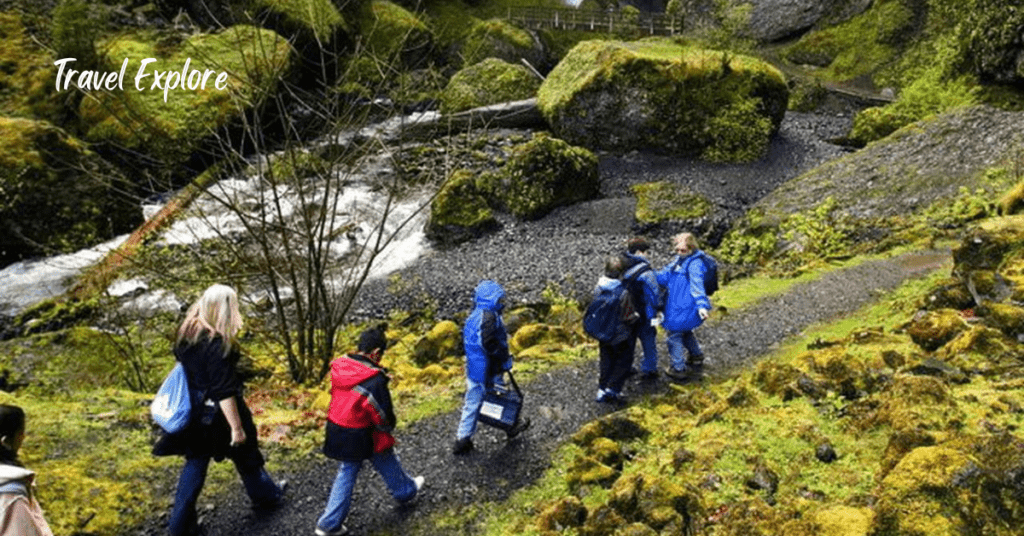
Planning is crucial when it comes to hiking in the rain.
Check the Weather Forecast
Monitor the weather forecast closely before heading out. Pay attention to factors such as rainfall intensity, temperature, and wind speed to assess the conditions you’ll be facing on the trails. Checking the weather forecast before embarking on a hike, especially in the rain, is crucial for several reasons.
Firstly, knowing the weather conditions allows hikers to prepare appropriately, ensuring they have the necessary gear to stay safe and comfortable. Rain gear like waterproof jackets, pants, and sturdy hiking boots become essential in wet conditions to prevent hypothermia and discomfort.
Additionally, checking the forecast helps hikers anticipate the intensity and duration of the rain, allowing them to plan their route accordingly. Some trails may become hazardous or impassable during heavy rain, so knowing what to expect can prevent accidents or getting stranded.
Moreover, understanding the weather forecast enables hikers to adjust their expectations for the hike. Rainy weather can alter the scenery, creating a different, often more dramatic, landscape. Embracing the rain can lead to unique experiences, such as seeing waterfalls at their fullest or witnessing misty forests come alive.
Choose Suitable Trails
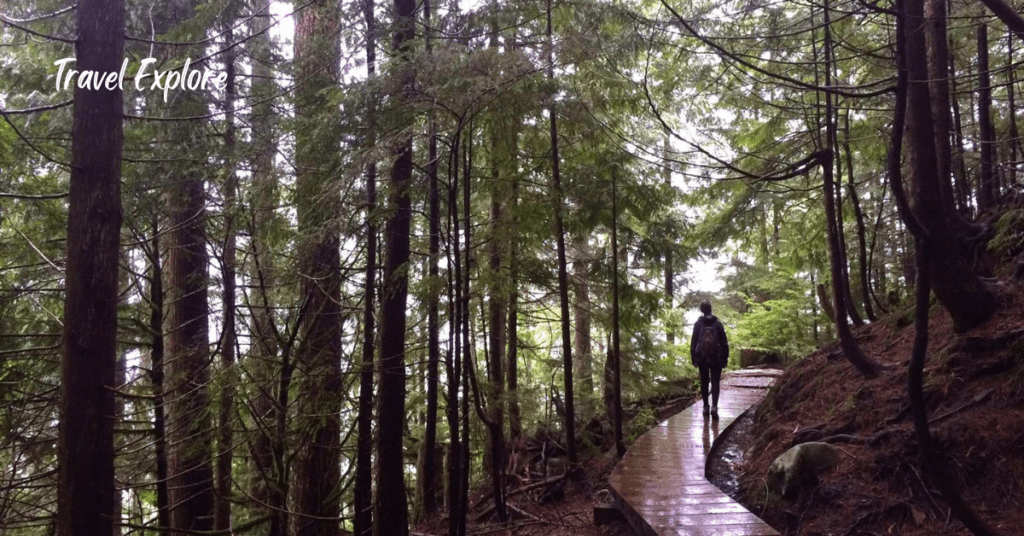
Select trails that are appropriate for rainy conditions. Avoid trails with steep inclines, exposed ridges, or river crossings, as these can be more hazardous when wet. Stick to well-maintained trails that are less likely to become muddy or eroded.
When choosing suitable trails for hiking in the rain, there are several factors to consider to ensure a safe and enjoyable experience. Firstly, opt for trails that are well-maintained and are not prone to flooding or becoming excessively muddy.
Look for trails with good drainage systems, gravel paths, or sturdy boardwalks that can handle wet conditions without becoming hazardous. Trails with rocky terrain or steep slopes may become slippery when wet, so it’s important to choose routes with moderate elevation changes and stable footing.
Additionally, consider the length and difficulty of the trail. Hiking in the rain can be more physically demanding, so selecting shorter or easier trails may be preferable. Keep in mind that rain can also reduce visibility, so choose trails with clear markers or well-defined paths to avoid getting lost.
Furthermore, take into account the surrounding environment and potential risks. Avoid trails that pass through areas prone to flash floods or where falling debris, such as branches or rocks, may pose a danger during heavy rainfall. It’s also wise to steer clear of trails that cross rivers or streams that may swell rapidly in the rain.
Safety Tips for Hiking in the Rain

While hiking in the rain can be a rewarding experience, it’s important to prioritize safety above all else.
Stay Alert and Mindful
Pay close attention to your surroundings and the trail ahead. Watch your footing on slippery surfaces and be aware of hazards such as fallen trees, loose rocks, and steep drop-offs.
Hiking in the rain requires a different mindset and approach compared to fair weather conditions. To embark on such a journey, staying alert and mindful is crucial for both enjoyment and safety.
Firstly, staying alert means being aware of your surroundings at all times. In rainy conditions, trails can become slippery and visibility can be reduced. Paying close attention to your footing helps prevent slips and falls, which can lead to injuries.
Moreover, being alert to changes in the weather is essential. Rain can intensify quickly, so having a keen eye on the sky and listening for thunder is vital. Being alert also means being aware of potential hazards such as falling branches or flash floods, which can occur more frequently during rain.
Secondly, being mindful involves being present in the moment and making conscious decisions. This includes respecting the environment by staying on designated trails to minimize erosion and damage to delicate ecosystems.
Furthermore, being mindful of others in your group is essential for a successful rainy hike. Communicate openly and regularly, especially if someone is struggling or feeling uncomfortable. Share equipment like rain gear or extra snacks to ensure everyone is comfortable and safe.
Respect Wildlife
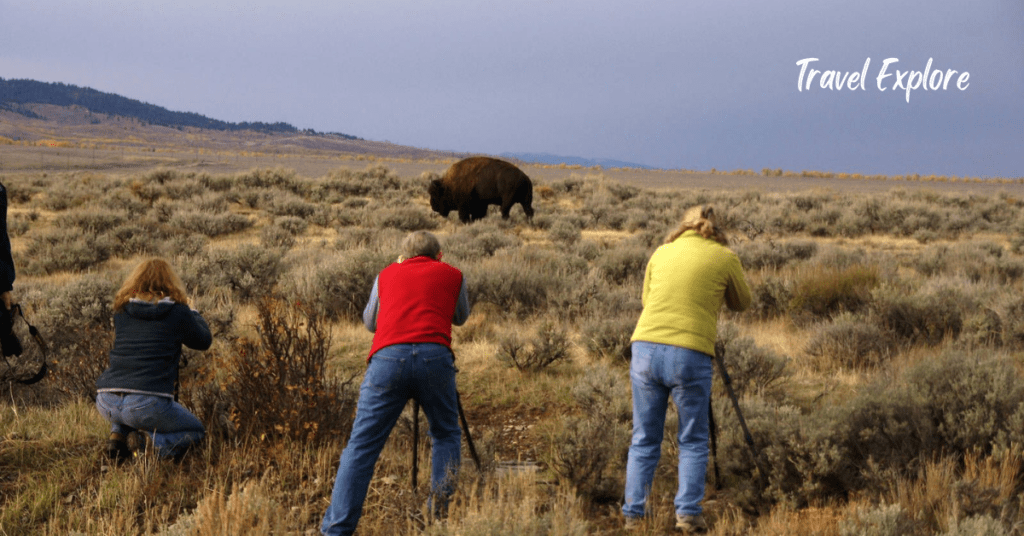
Give wildlife plenty of space and observe them from a safe distance. Avoid feeding or approaching wild animals, and be cautious around nesting areas or dens.
Respecting wildlife during a hike in the rain is not only crucial for the well-being of the animals but also enhances your hiking experience. When venturing into the wilderness, especially during rainy weather, it’s important to remember that you’re stepping into the homes of various creatures. Your actions can greatly impact their habitats and behaviors.
Firstly, be mindful of your noise level. Rain can muffle sounds, making it easier to disturb wildlife unintentionally. Keep voices low and avoid loud noises like shouting or banging gear. This helps to minimize stress for animals, allowing them to carry on with their natural activities undisturbed.
Additionally, stick to designated trails to avoid trampling on delicate habitats or disturbing nests and dens. In rainy conditions, trails can become muddy and slippery, tempting hikers to veer off-path. However, straying from designated trails can lead to unintentional damage to vegetation and disruption of wildlife habitats.
Furthermore, refrain from feeding wildlife. Although it may be tempting to share your snacks, feeding animals disrupts their natural foraging behaviors and can lead to dependency on human food. It can also be harmful to their health, as human food may not provide the necessary nutrients they need.
Conclusion & Recap
Hiking in the rain can be a safe and enjoyable experience if approached with the right precautions and mindset. While rain brings its own set of challenges such as slippery trails and reduced visibility, with proper planning and gear, these obstacles can be overcome.
Remember to dress appropriately in waterproof clothing, wear sturdy footwear, and pack essential items like a first aid kit and extra layers. Additionally, always check the weather forecast before heading out and be prepared to adjust your plans if conditions become hazardous.
By respecting wildlife, sticking to designated trails, and being mindful of safety, hiking in the rain can be a rewarding adventure that allows you to connect with nature in a unique and invigorating way.
FAQs
Is it safe to hike in the rain?
Yes, it can be safe to hike in the rain as long as you take necessary precautions.
What are the risks of hiking in the rain?
Hiking in the rain can increase the risk of slippery trails, decreased visibility, and potential exposure to hypothermia if you’re not adequately prepared.
How can I stay safe while hiking in the rain?
o stay safe while hiking in the rain, make sure to stay on marked trails, watch your footing, and bring along essential gear such as a waterproof jacket, extra layers, and a first aid kit.
Are there any benefits to hiking in the rain?
Hiking in the rain can offer a unique and serene experience, with fewer crowds and lush, vibrant scenery.
What should I do if the weather turns severe while hiking in the rain?
If the weather turns severe while hiking in the rain, seek shelter immediately in a safe location away from potential hazards such as falling trees or flash floods. Wait until conditions improve before continuing your hike or consider turning back if necessary.
